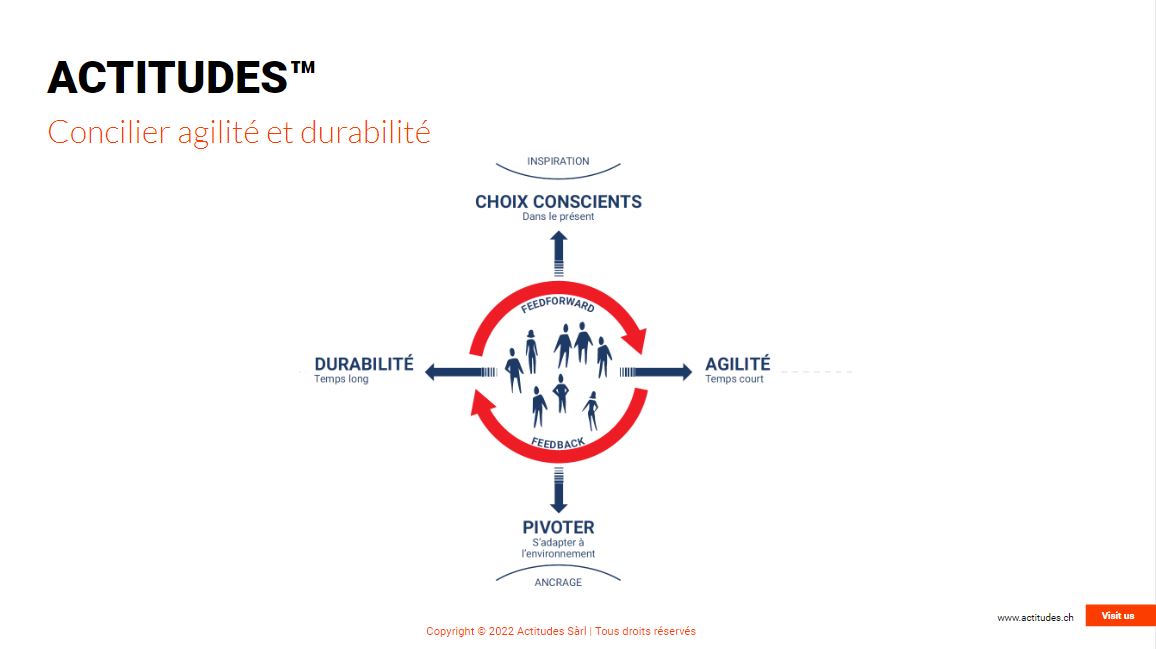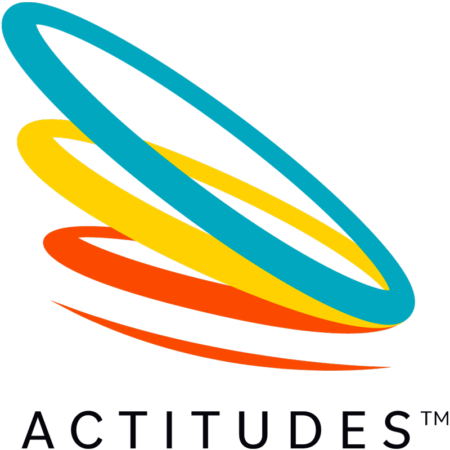We are pleased to share with you this interview with Frédéric Meuwly for the Fabrique de l'Agilité. In this short video, Frédéric talks about how to reconcile agility and sustainability in a complex world.
Why do we want to be agile?
We're looking to be agile, in particular to manage a complex, sometimes disruptive, even chaotic environment.
In this kind of complex environment, it's hard to have all the answers on your own: hence the importance of networking, which enables you to exchange ideas, find solutions, share resources and generate collective intelligence.
Agility and sustainability: can the two be reconciled?
When we talk aboutagility ,we're talking about a short timeframe, and when we talk about sustainability, we're talking about a long timeframe; and yet it's possible to reconcile the two.
So how can we develop sustainable teams when we're being asked to be agile and responsive to changes in our environment?
"A sustainable team will put in place a series of practices that will enable it to reconcile issues linked to short time, thus agility; and long time, sustainability; by making what we call conscious choices."
The team will use the 18 key factors to reduce complexity and make conscious choices in an agile way. These conscious choices will enable the team to find a form of coherence and alignment between the short and long term, enabling it to navigate complexity, adapt to its environment and evolve in a sustainable way.

This is precisely what characterizes and differentiates sustainable teams: their ability to constantly pivot in the present to adapt quickly to a changing environment, while avoiding decisions that are too short-termist and risk being counter-productive in the long term.
What will be one or more of the emblematic practices of agile organizations in the future?
One of the agile practices of the future, and one that is already being used, has to do with communication and the ability to give and receive feedback dynamically. To adapt to change, to perceive changes in the environment; to communicate about the responses we're going to give to change as an organization. It's all about intensifying communication flows while avoiding over-communication.
This goes hand in hand with finding more distributed modes of organization, more participative modes of governance, and leadership postures that are conscious and enable conscious choices to be made in a complex environment.

Discover the book Sustainable Teams
This practical guide will enable you to sustainably transform the cohesion and collective performance of teams within your organization thanks to 18 drivers for effective teamwork.

